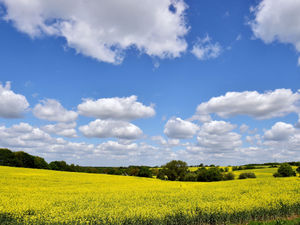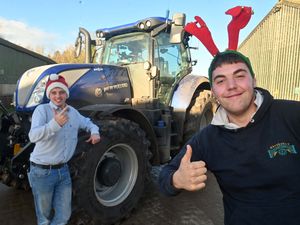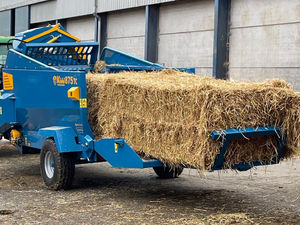Lower light and cold nights hit sow fertility
It’s getting to that time of year once again, the days are getting shorter and temperatures are falling.
While this might announce the lead-up to Halloween, Guy Fawkes Night and, dare I say it, Christmas for us, for our pigs it can signal the onset of various issues that can have a detrimental impact on reproductive performance.
So let’s have a look at just what it is about this time of year that can trigger autumn infertility. Firstly, days are shortening rapidly and light intensity is decreasing. Gestating sows need 14 to16 hours of light per day, of around 200 lux (which is about the brightness required to read a newspaper), and weaned sows need 16 hours of even stronger light (300 to 500 lux), right up until service.
Since natural light levels are tailing off, you need to make sure you are providing sufficient artificial light. Check your timers and set them to provide lighting for 16 hours per day, repair broken lights and clean dirty light fittings.
The next issue is that while days are still relatively warm, autumn nights can be very cold. These diurnal temperature fluctuations can disrupt sows as they need to both lose and conserve heat during the course of 24 hours.
This can have a knock-on effect on sow metabolism and, in turn, the reproductive cycle. The impact of temperature fluctuations can be a particular problem for sows weaned in poorer condition, for example, below a body condition score of three.
These animals are less able to maintain body temperature and will have to mobilise body reserves if the feeding level is not sufficient to cover the environmental stress. Check your minimum and maximum temperatures over a 24-hour period and allocate a daily feed allowance that will compensate for anticipated cold spells. It’s also a good idea to start increasing the amount of good-quality bedding provided.
Autumn is also the time when boars can be at their least fertile, having probably experienced several instances where they have been challenged by high temperatures during the summer.
People often forget, but boars can remain sub-fertile for up to eight weeks following a hot spell. If boars are being used for natural service, consider supplementing with AI, and if you’re using boars for DIY AI, examine their semen under a microscope to ensure sperm are of good quality. If there are any issues, consider buying in AI from a breeding company until the quality returns to the correct standard.
Angela Cliff is AHDB Pork knowledge exchange manager for central England.





